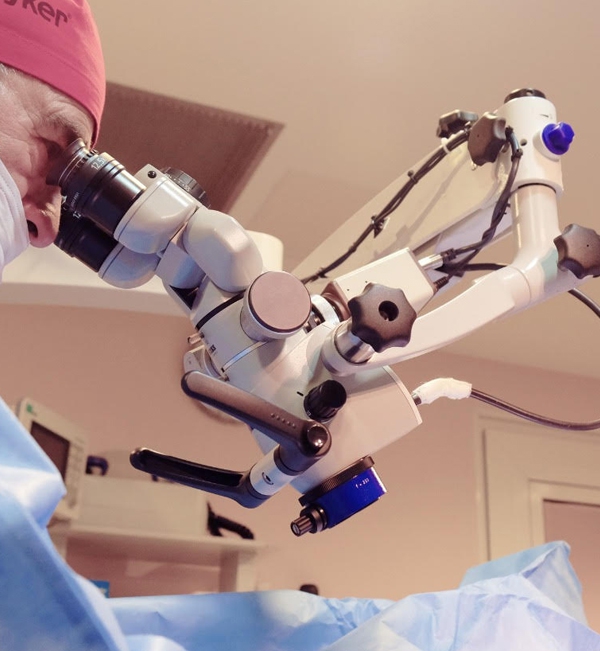What are the causes for male-factor infertility?
In male-factor infertility cases, the count (aligospermia), the motility (asthenospermia) or the morphology (teratospermia) might be affected. When there is no sperm in the ejaculate, this is referred to as azospermia.
Although the majority of male factor infertility is unknown, known causes are;
- Genetic: Structural, numerical chromosomal errors, micro deletions of Y-chromosome. We, therefore, request karyotype analysis in all couples suffering from male factor infertility.
- Endocrine disorders (hypo-gonadotropic hypo-gonadism); lack of brain signals (hormones-FSH, LH) from the brain to stimulate the testis. This sub-group is the only group in whom medical treatment of the male is beneficial.
- Environmental factors; exposition to air pollution, chemicals like heavy metals, working in hot places like a bakery, heavy smoking.
Azospermia is usually non-obstructive; that is the tubules are patent but there is deficiency in sperm production in the testicles. The chance for successful surgical retrieval of spermatozoa in non-obstructive cases is 50-55%; this procedure is referred to as microscopic testicular sperm extraction (micro-TESE). Micro-TESE is a well-tolerated procedure performed under local anesthesia and lasts about 30-45 minutes. We have extensive experience with micro-TESE, having done more than 2,500 mTESE procedures. There is limited place for medical treatment prior to micro-TESE in non-obstructive azospermia cases. Micro-TESE is performed one day prior to oocyte pick-up. If spermatozoa are found, as in 50-55% of the cases, oocyte pick-up is performed one day after. With such surgically retrieved spermatozoa, the fertilization rate is around 55%, which is slightly lower compared to fertilization rate achieved with microinjection of ejaculated spermatozoa (75-80%).
Rarely, azospermia might be obstructive due to obstruction or congenital absence of vas deference (the main channel giving way to the produced sperm to the ejaculate); this is called as obstructive azospermia. The chance for successful retrieval of spermatozoa in such cases is 100%. The fertilization rate with such retrieved spermatozoa is close to that achieved with microinjection of ejaculated spermatozoa (75-80%).
Intracytoplasmic sperm injection (ICSI) is the cornerstone of treatment suffering from male factor infertility. When ICSI is performed, the low count/motility/morphology lose their importance with similar fertilization and pregnancy rates in affected cases.
In 10% of patients with non-obstructive azospermia and 2-3% of males with severe sperm problems in the ejaculate, structural or chromosomal errors might be encountered in the genetic analysis of the male. In such cases, in addition to ICSI, pre-implantation genetic diagnosis (PGD) is performed.
